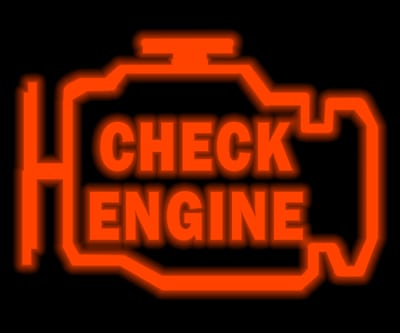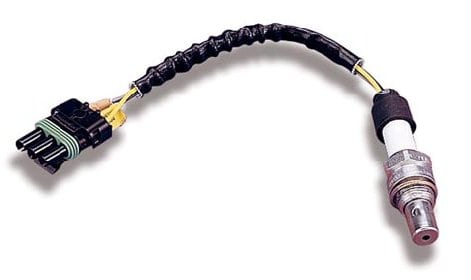Probably the most common engine code that will turn on that engine light is P0136. This code is, luckily, easily diagnosed and fixed. Remember, when your engine light comes on, most auto parts stores and many repair shops will read the codes for free. Or you can do it without a code reader by clicking here to find instructions.
P0136 is Oxygen Sensor Circuit Low Voltage (B1, S2). This is the second O2 sensor in bank one (the side of the engine with cylinder 1). This sensor will be present on most modern engines of six cylinders or more.
The engine control module (ECM) takes readings of oxygen sensor voltage to learn whether there is a fault. Typically, voltage should be between 0.1 millivolts and 0.9 mV. When voltage is high, it means the exhaust is reading rich (too much oxygen) and when it’s low, it’s lean (too little O2). A P0136 therefore means that the exhaust is reading lean.
Using the data from the O2 sensors, the ECM controls fuel and air flow into the engine to perfect the ratio for driving conditions. When the voltage is too high or too low for too long, an engine error code will trip.
Most of the time, a P0136 code means that the O2 sensor has become faulty or that there is a leak in the air intake system. On most models, the B2S2 O2 sensor is relatively easy to access and inexpensive to replace, so replacement is likely the first option. When replacing any sensor, a full circuit check of that sensor from its plug to the ECM is also recommended to rule out any circuit faults.
If O2 sensor replacement is difficult or does not repair the problem, then an air leak test for the intake system is the next step.








